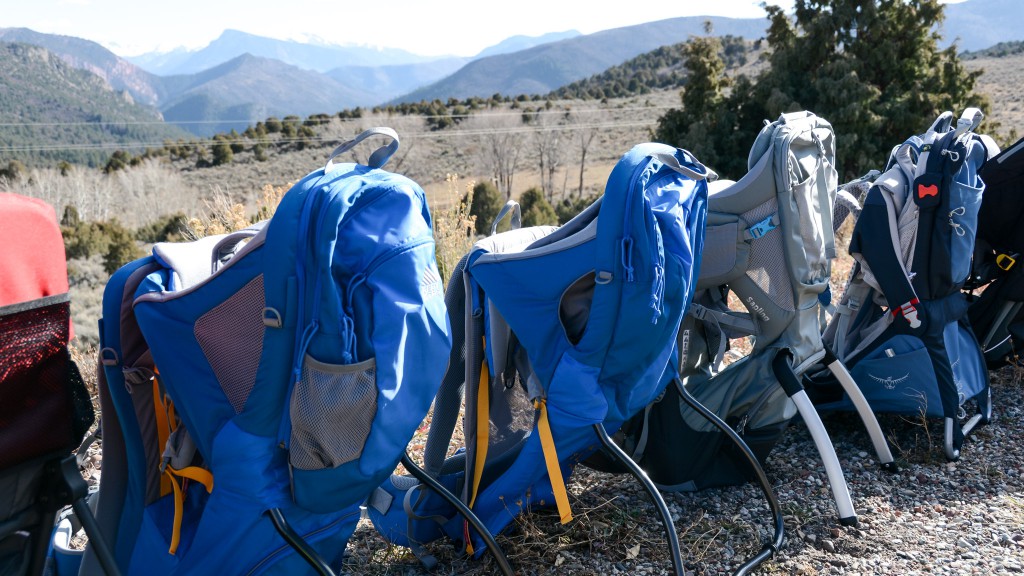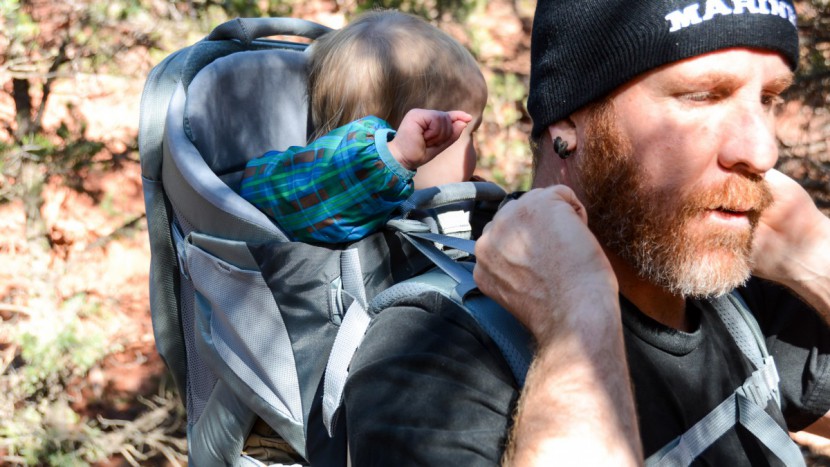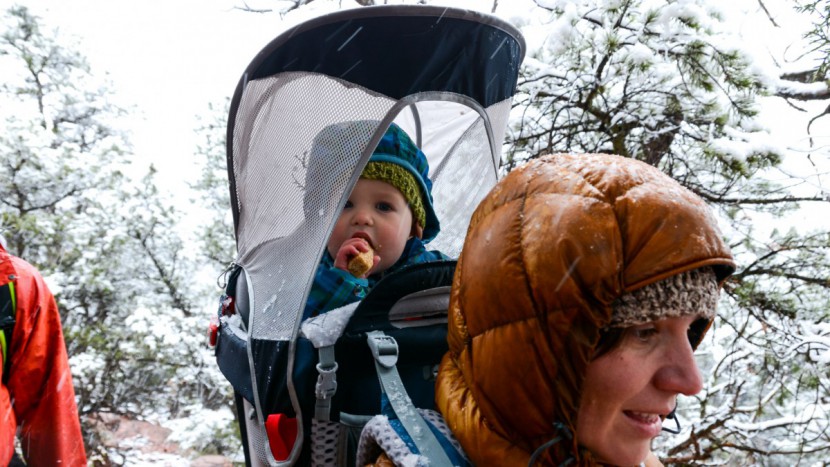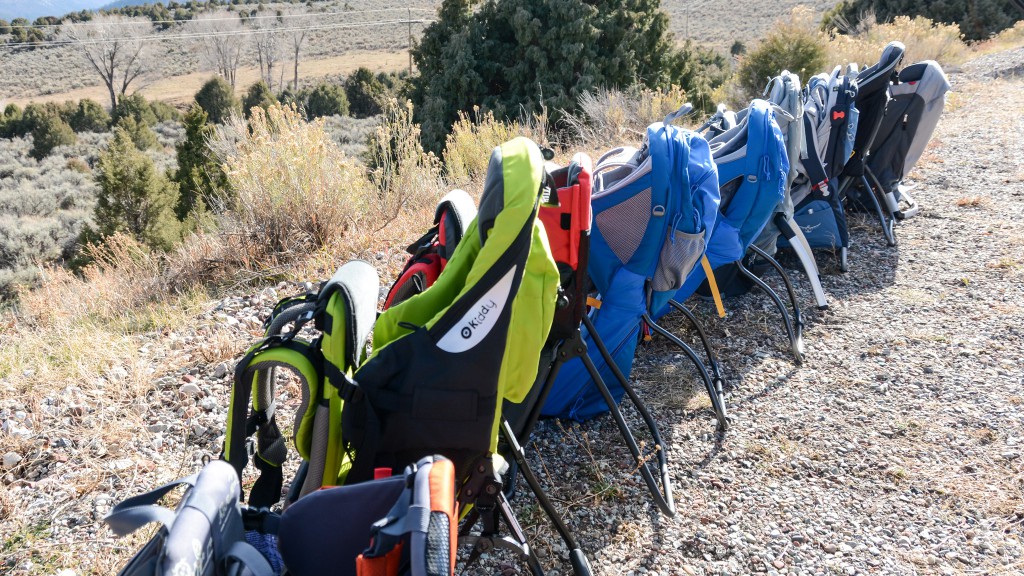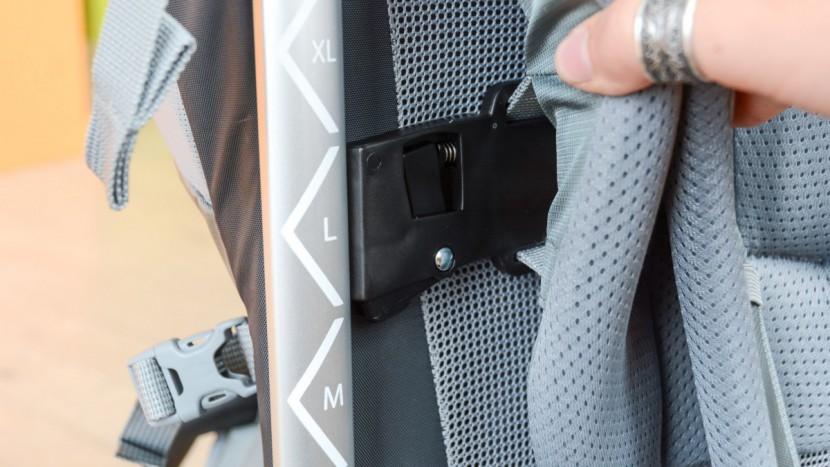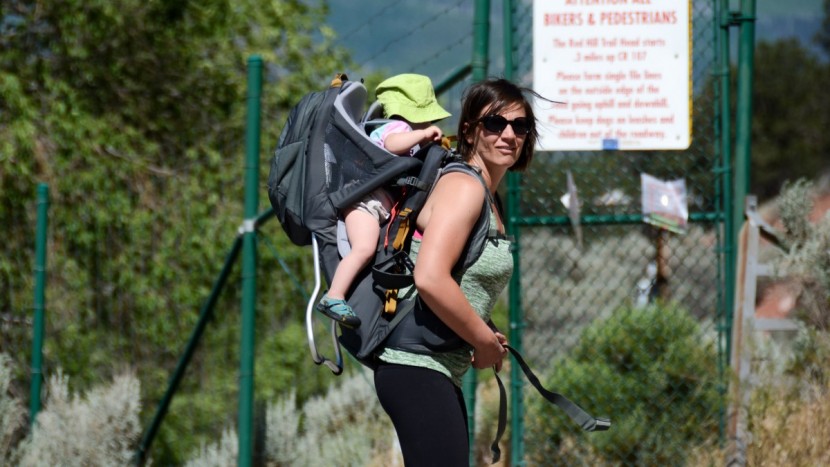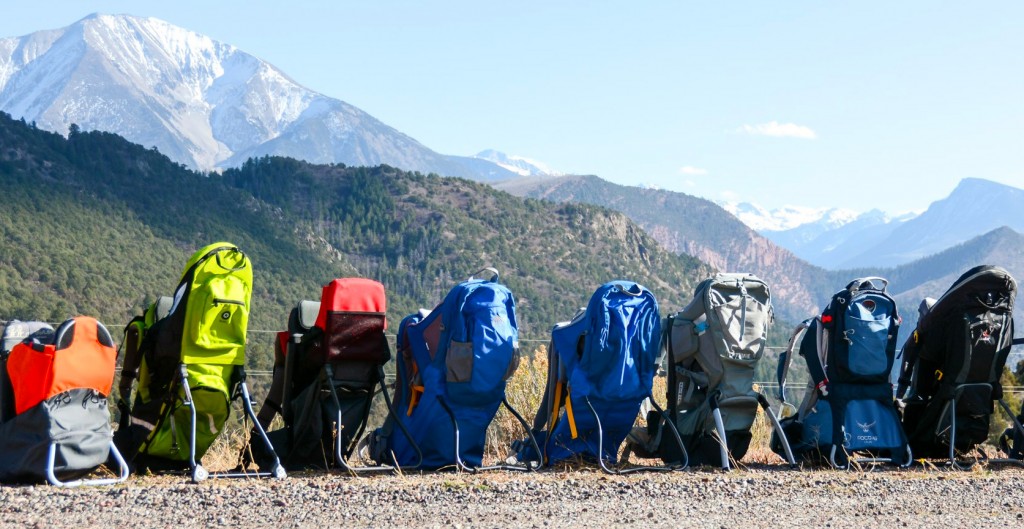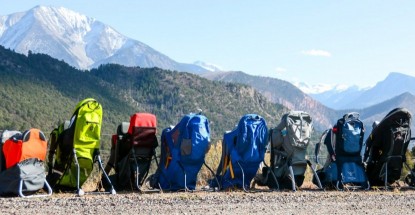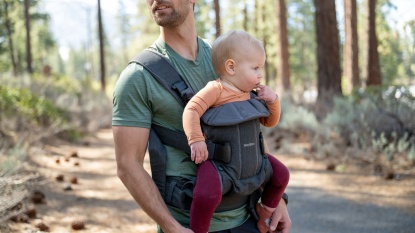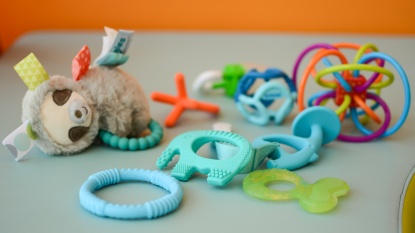After months of extensive, hands-on testing of the industry's leading baby backpacks, we've learned what's important and which features and functions really matter when you're out on an adventure. Competing baby backpacks can be challenging to sort through with their lists of features. After putting each pack through the wringer, we've determined which qualities make some baby backpacks superior to others. This article will share the lessons we learned in testing so you won't have to, and it will help you narrow your choice to find the very best backpack for you and your baby.
Why Get a Baby Backpack?
In the early months of your baby's life, you'll find them happiest when snuggled up in your arms or the perfect baby carrier. As your baby gets older and more alert, you may decide that you're ready for a new carrying option for more exciting adventures away from home. While a baby carrier works great for younger babies, you may want to consider a baby backpack as your little ones get older.
Baby backpacks have sturdy frames designed to support your baby for long periods of time. They allow you to carry your baby hands-free in comfort with designs that provide structure and support for both the passenger and the wearer. Wearing your baby provides a safer environment by keeping them contained in a 5-point harness away from possible hazards and promotes bonding by keeping them close for interaction and soothing. The packs have a variety of uses that make them an economical choice for outings with your baby:
- Active Lifestyle — Pushing your baby in a stroller through the woods is usually not an option (at least in our experience), so if you want to enjoy the great outdoors, hiking, walking, or camping with your baby, consider investing in a quality pack.
- Running Errands — A great pack can be useful for running errands like trips to the farmer's market, shopping, or grabbing a cup of coffee.
- Playing the Tourist — Carriers are also great for visiting cool tourist traps like museums, aquariums, strolling through downtown, and the zoo.
- Exercise — Staying in shape after having a baby is challenging in more ways than one. With weight capacities up to 40 lbs, you'll get a good workout wearing baby no matter the activity. Quality time with baby plus a quality workout = win, win!
Carrying your baby on your back is a great bonding activity, but you need to use common sense and check the following things for safety before heading out on the trail:
- Fit the pack correctly for both wearer and passenger
- Attach all of the buckles and straps and double-check them before use, including the clips for the 5-point harness and waist belt
- Do not bend at the hips for any reason; always bend at the knees to keep baby upright and safely contained
- Be aware of the environment around you to avoid bumping your baby into things
- Stay away from areas with risky footing, including loose gravel, slippy or wet rocks, and trail edges.
Important Considerations
Once you decide that investing in a baby backpack is right for you, you'll want to consider a few things as you navigate your choices to make your best buying decision.
Parent Comfort
Most people look at purchasing a baby backpack with the intention of using it for an extended period. Therefore, we think it's essential that you feel comfortable while wearing the pack with or without a baby on board. Given that the baby backpacks, on average, will hold around 40 lbs, you'll want to choose an option with quality padding, firm internal structures, and versatile adjustment properties for a great fit. A backpack with wide, well-padded shoulder straps, torso adjustments, and an adjustable waist belt is typically the best bet.
- Padding — Well-distributed padding over contact points will increase overall comfort for parents by reducing the amount of direct weight resting on the pressure points.
- Waistband — A thick solid waist belt can make all the difference in helping support the baby's weight and taking some of the burden off your shoulders.
- Weight Distribution — Backpacks that hold baby close to your center of gravity are ideal, creating the most balance for you, which is critical for comfort and keeping your footing.
Child Comfort
Keeping little ones cozy and providing a great place to nap will be crucial in creating happy memories and having grand adventures with a baby on board.
- Harness — Look for a 5-point, padded harness with quick and easy adjustment points.
- Secure Cockpit — Finding a snug cockpit helps prevent floppy and sloppy movements in the pack that are uncomfortable for your baby, could potentially throw you off balance, or make the backpack hard to wear.
- Canopy — A great canopy keeps your baby cozy by preventing overheating and sunburn while protecting little ones from other elements like rain and wind.
- Seat Pad — A wider seat provides a stable and firm surface for little ones to sit on. The size, shape, and firmness of the seat impact comfort and can influence the risk of hip dysplasia. While potential hip problems decrease with age (infants having the highest risk), it is still something to consider.
We urge you to read our article on Best Practice Tips for Baby Wearing for some great information on hip dysplasia, and of course, take time for breaks to allow passengers to get out of the backpack and move around freely.
Choosing Your Ideal Baby Backpack
Choosing a backpack carrier can be difficult if you aren't sure what is important or which features you should consider. Considering a few key questions can help you find the best backpack for you.
First: Comfort
We believe finding a comfortable pack for you and your baby should be a top priority. We encourage narrowing down your options to those packs that provide superior features for comfort for both the parent and the passengers. While it might be tempting to purchase an inexpensive backpack, you won't use an uncomfortable pack, meaning the money you paid will be for nothing.
Second: Storage
Adventures require supplies, so depending on the length or kind of adventures you plan to take, you may need more or less storage. Open mesh pockets are great for storing items, like a top-ranked baby pacifier, snacks, and sometimes even a favorite water bottle for kids fits. If you only plan to take short trips, you can get away with fewer or smaller pockets. However, if you plan to be gone all day or camp overnight, you'll need additional storage and versatile pockets for different kinds of supplies, from hydration bladders to smartphones.
Final: Price
A backpack carrier is not an essential piece of baby gear. But, it is a useful type of baby gear you can use for years and frequently for several different activities. If you have multiple children, you can use the pack even longer. Don't forget the ability to sell the pack once you are finished to recoup some of the cost. So, while the price of a quality pack may be over $200, we think the usefulness of the higher-ranking products is worth the price of admission, and we suggest you purchase the best option that meets your need and what your budget allows.
Conclusion
In conclusion, we say go for a comfortable backpack with the storage that best fits your lifestyle. We think a baby backpack should be a one-time investment that suits your family that is so comfortable you'll want to wear it again and again, making it a worthwhile purchase. We think there is a backpack carrier in our award winners and top-ranking products that will fit every family.
Happy Trails!


